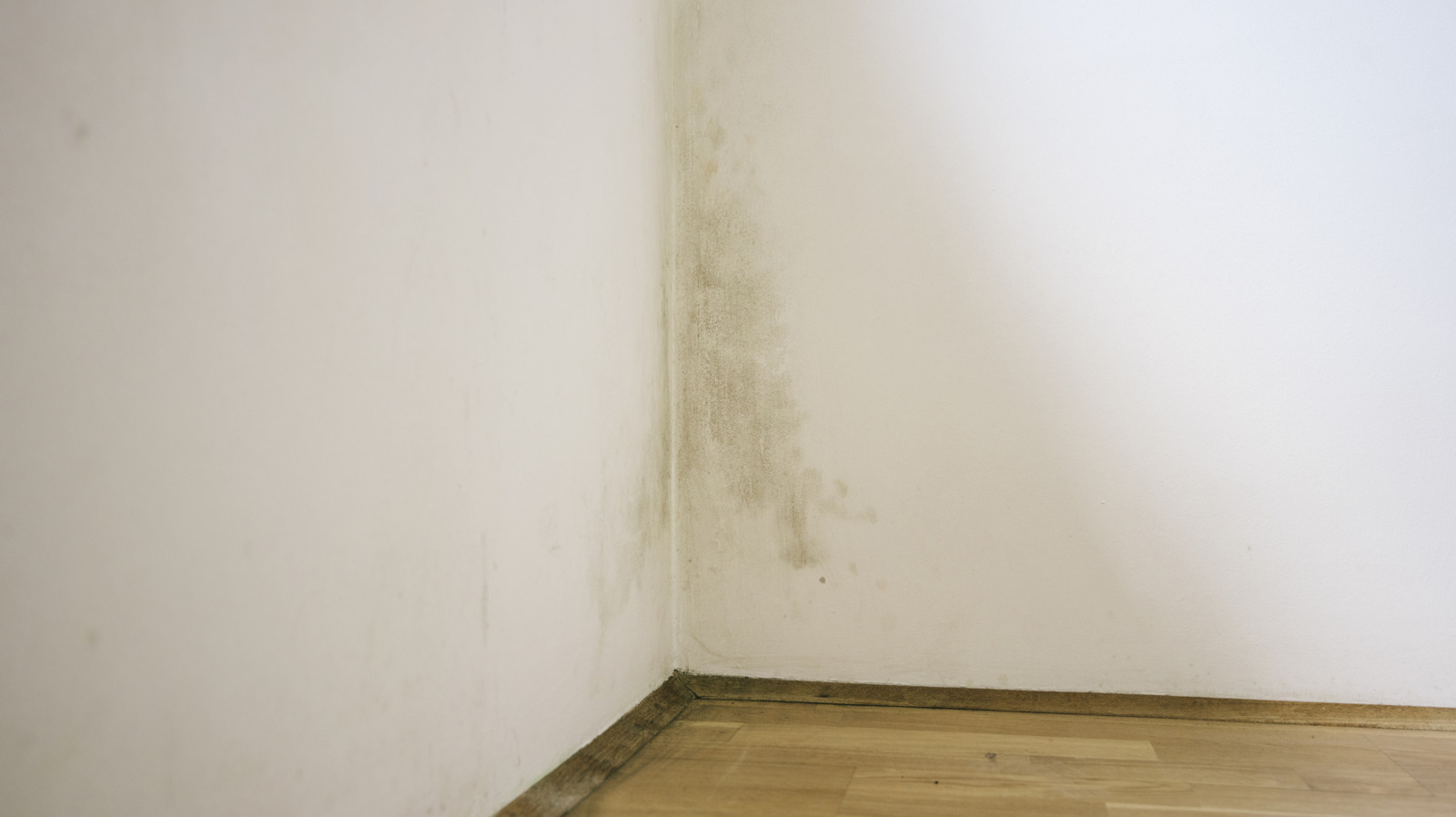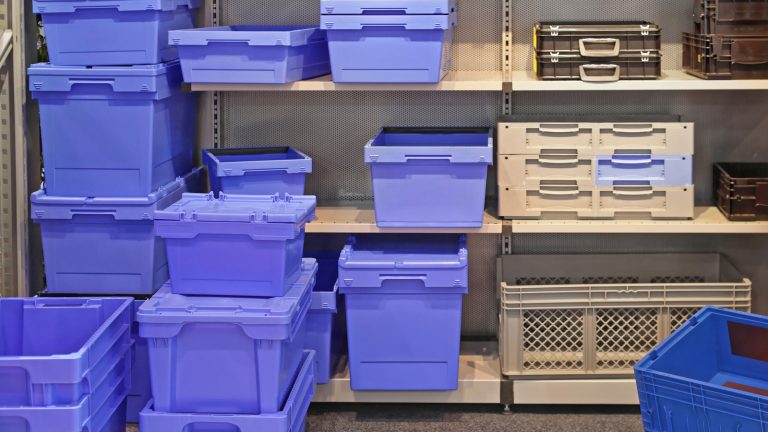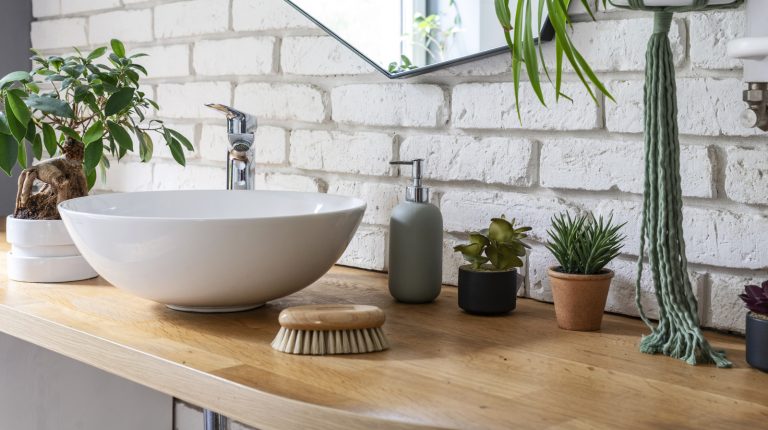
Have you noticed dark patches on your walls after a rainstorm or during wet, humid weather? These areas often appear damp and may cause the paint to bubble or warp. Left untreated, they can develop into unsightly brown or yellow patches with severe cracking. Don’t worry if you’ve discovered dark spots on your walls; there are solutions to address dampness and prevent water damage. Some of the most effective methods include increasing ventilation and using a dehumidifier to maintain balanced moisture levels.
Before you can determine the best solution for your damp walls, it’s crucial to understand the primary causes. Two main structural issues often affect buildings: penetrating damp and rising damp, each with distinct characteristics. Penetrating damp occurs when excess water infiltrates interior walls through problems like roof leaks or clogged gutters. Rising damp, on the other hand, originates from ground moisture seeping through materials like brick and mortar. Both issues can result in damp patches on interior walls and require attention to prevent mold growth.
Easy Solutions to Combat Wet Walls
If you’re ready to eliminate those unsightly water stains, you’ll need to address the excess moisture caused by penetrating and rising damp. Interior walls and windows showing moisture buildup are top indicators of a damp problem in your home. But how much moisture is too much? Use a tool like the General Tools MMD4E Digital Moisture Meter to take readings in suspicious areas. Levels under 10% are considered dry and safe, while 20% and above require action. To quickly reduce moisture and humidity, open doors and windows or install an exhaust fan to improve air circulation.
Another effective solution is using a dehumidifier in rooms affected by dampness. Position the unit where it can maintain good airflow without obstructions. Ensure the dehumidifier’s capacity is appropriate for the room’s square footage. For example, a 600-square-foot room might need a 25 to 40-pint unit, depending on the moisture severity.
Best Prevention Tips to Avoid Damp Walls
If you’re vigilant about hidden water damage signs, you’ll be relieved to know there are prevention methods to minimize risks. However, these methods and any dampness solutions will only be effective long-term if you address the structural source of the problem. Once resolved, you can repair the damaged area and take steps to prevent future occurrences. A straightforward way to protect your walls from water damage is ensuring your windows and any surrounding gaps are sealed. Consider using a product like MOLD ARMOR 100% Silicone Mold Free Caulk & Sealant to address potential problem areas.
If you’re unsure how to locate the water issue, consult a water damage specialist to identify where water is entering. It’s also crucial to know when to call a professional for mold damage, such as when you find moldy areas over 10 square feet or detect strong damp odors. Mold can smell musty or even rotten. If you encounter damp spots and mold odors, seek professional guidance for the best solution.






